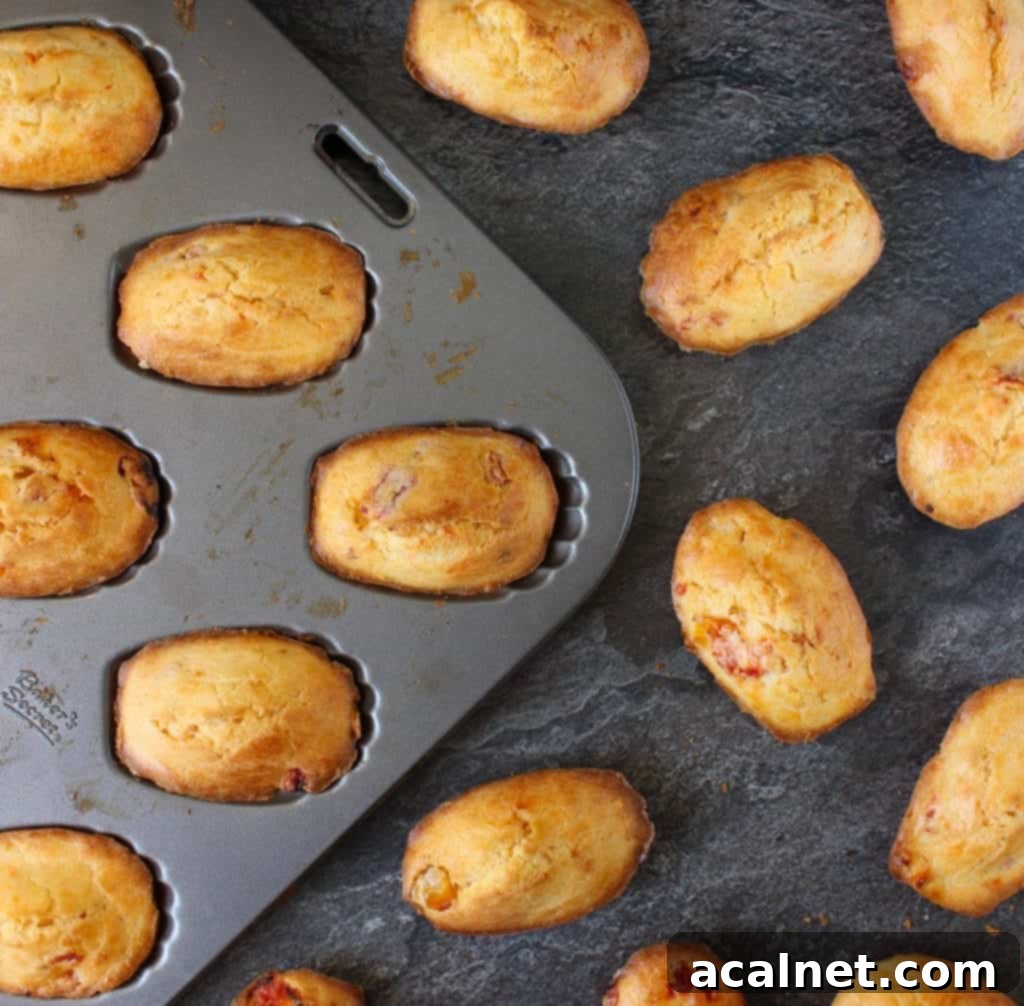Essential Baking Tools for Beginners: Your Ultimate Guide to Starting Your Baking Journey
Embarking on a baking journey is an exciting adventure filled with delicious aromas and delightful creations. While creativity and skill are undoubtedly important, the secret to consistent success in the kitchen often lies in having the right equipment. Many aspiring bakers feel overwhelmed by the vast array of gadgets available, fearing that a hefty investment is necessary to even begin. However, that couldn’t be further from the truth! Today, we’re cutting through the clutter to share our top 10 essential baking utensils and tools for beginners that are not only effective but also incredibly budget-friendly. Get ready to transform your kitchen into a baker’s paradise without breaking the bank!
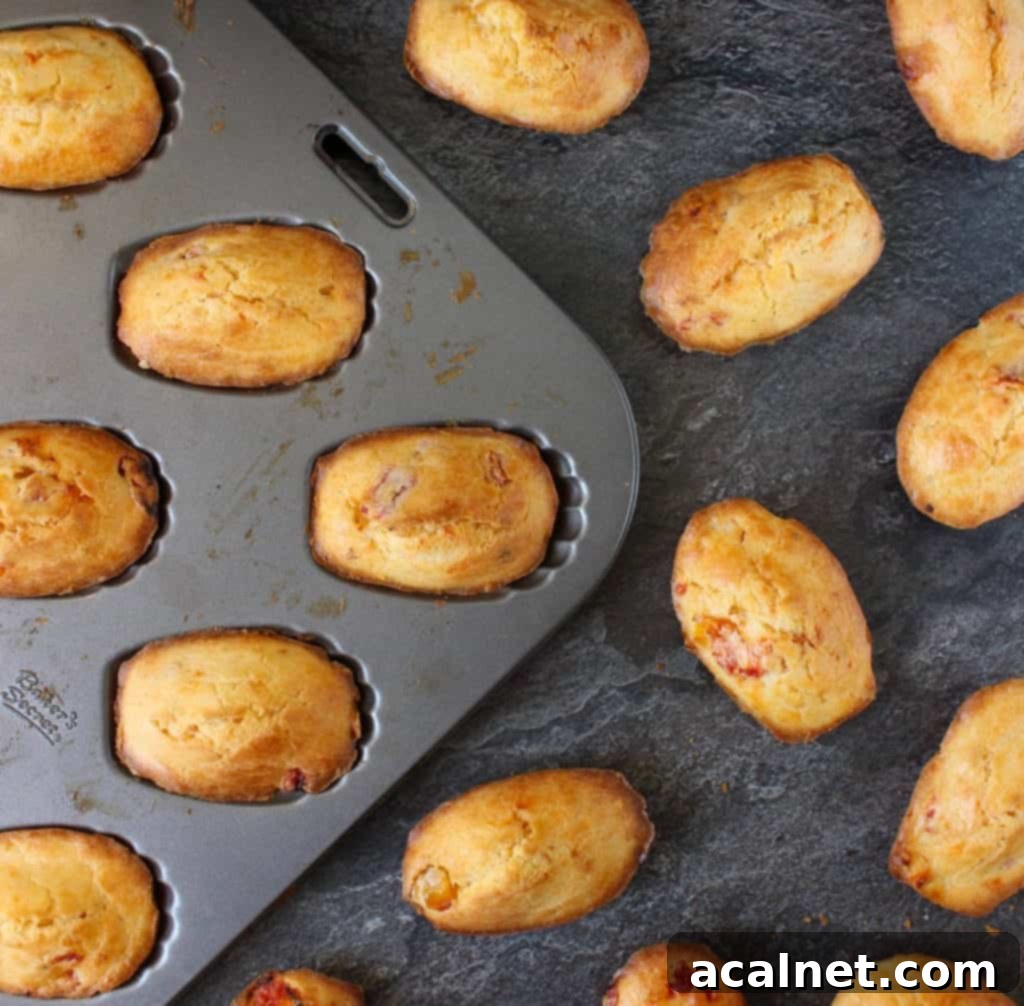
Why Using the Right Baking Tools is Important for Every Home Baker
Over the years, like many enthusiastic bakers, I’ve accumulated a vast collection of kitchen gadgets, particularly for baking. While it’s certainly fun to experiment with specialized items for unique creations, the truth is that you can achieve incredible results with just a handful of basic, high-quality baking equipment. Unlike cooking, where a pinch of this and a dash of that often works wonders, baking is a precise science. It demands accurate measurements, consistent mixing, and proper handling of ingredients to ensure chemical reactions happen as they should, leading to that perfect rise, texture, and flavor.
Without the right fundamental tools, even the simplest recipes can become frustrating. Imagine trying to measure flour accurately without measuring cups or evenly mix a delicate batter without a whisk or spatula. It’s not just about convenience; it’s about achieving consistent, delicious outcomes. Investing in these basic baking essentials ensures that you’re setting yourself up for success from the very first recipe, making your baking journey enjoyable and rewarding, rather than a series of hit-or-miss experiments.
Top 10 Essential Baking Equipment for Aspiring Bakers
Yes, my kitchen cabinets might be overflowing with more than ten baking tins, dozens of quirky baking gadgets, and specialized utensils. Many of these tools certainly come in handy for specific, intricate recipes or for crafting visually stunning desserts (hello, half-dome silicone molds!). However, a significant majority of the time – probably 90% or more – I find myself reaching for the same reliable 10 baking tools. These are the workhorses of my kitchen, and they are precisely what I wholeheartedly recommend for anyone starting their baking adventure.
They are called “essentials” for a reason. While specialized equipment can be fun for advanced projects, you simply cannot make anything without these core items. The fantastic news is that the 10 essential baking tools and utensils you truly need are far from expensive. Forget about shelling out hundreds of dollars for a fancy stand mixer or a high-tech bread maker. This list is curated with affordability in mind, proving that you don’t need a lavish setup to bake extraordinary desserts. In fact, the most expensive item on this comprehensive list is an incredible five-piece bakeware set, priced at under $30! Once you’ve gathered these indispensable tools, make sure you also check out our guide on 10 Essential Ingredients for Baking to complete your beginner’s kit.
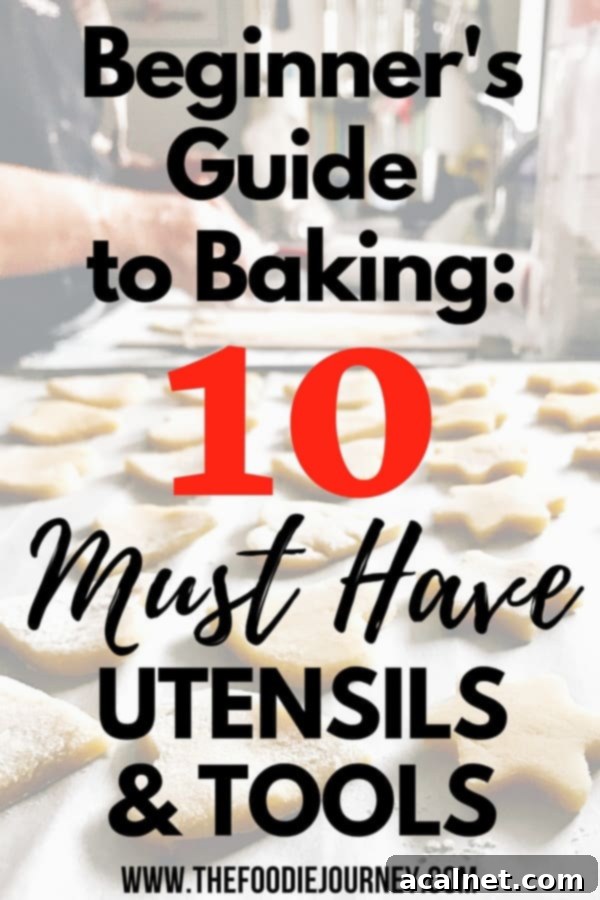
Your Ultimate Must-Have Baking Utensils List
Precision in Every Batch: Essential Baking Utensils for Measuring
Accurate measurement is the cornerstone of successful baking. It’s often said that “baking is a science,” and this principle applies most critically to how you measure your ingredients. Unlike cooking, where a bit of improvisation can lead to happy accidents, baking relies on precise ratios to ensure the desired chemical reactions, textures, and flavors. Having reliable measuring tools is non-negotiable for consistent, delicious results.
Measuring Cups, Measuring Spoons, and Measuring Jugs
These are your absolute first line of defense against baking mishaps. Most recipes, especially those written in English, will specify ingredients in terms of cups, spoons, and jugs. You’ll be reaching for these constantly, so it’s vital to choose a set made from durable materials that can withstand frequent use and washing. Look for stainless steel or heavy-duty plastic for cups and spoons, and clear, heat-resistant glass for measuring jugs.
For liquid measurements, a good quality glass measuring jug is invaluable. I consistently recommend the brand Pyrex for their exceptional durability and heat resistance; their Measuring Jug is a kitchen workhorse that seems to last forever. For dry ingredients, having a set of individual measuring cups (rather than one adjustable cup) ensures more accurate, level measurements. Many practical sets include both measuring cups and spoons, like this fantastic 14-piece set, offering great value and covering all your basic needs.
A Reliable Food Scale for Ultimate Precision
As you delve deeper into the art of baking and tackle more complex recipes, especially European patisserie, you’ll discover the undeniable benefits of a food scale. While measuring cups and spoons are convenient, a food scale offers unparalleled precision. Weight measurements are inherently more accurate than volume measurements, as ingredients like flour can pack down differently, leading to inconsistent results when measured by cup. A scale eliminates this variability, ensuring your doughs, batters, and creams are perfect every time.
I personally use both cups and a scale, depending on the recipe’s origin and complexity. For French patisserie, a proper digital scale is truly indispensable. When selecting a food scale, opt for a digital model over a mechanical one for superior accuracy and ease of reading. Look for one made from durable, easy-to-clean materials, with a tare function to zero out the weight of your bowl. You can find excellent, affordable options like this sleek white digital scale or this versatile multifunction scale, proving that precision doesn’t have to be pricey.
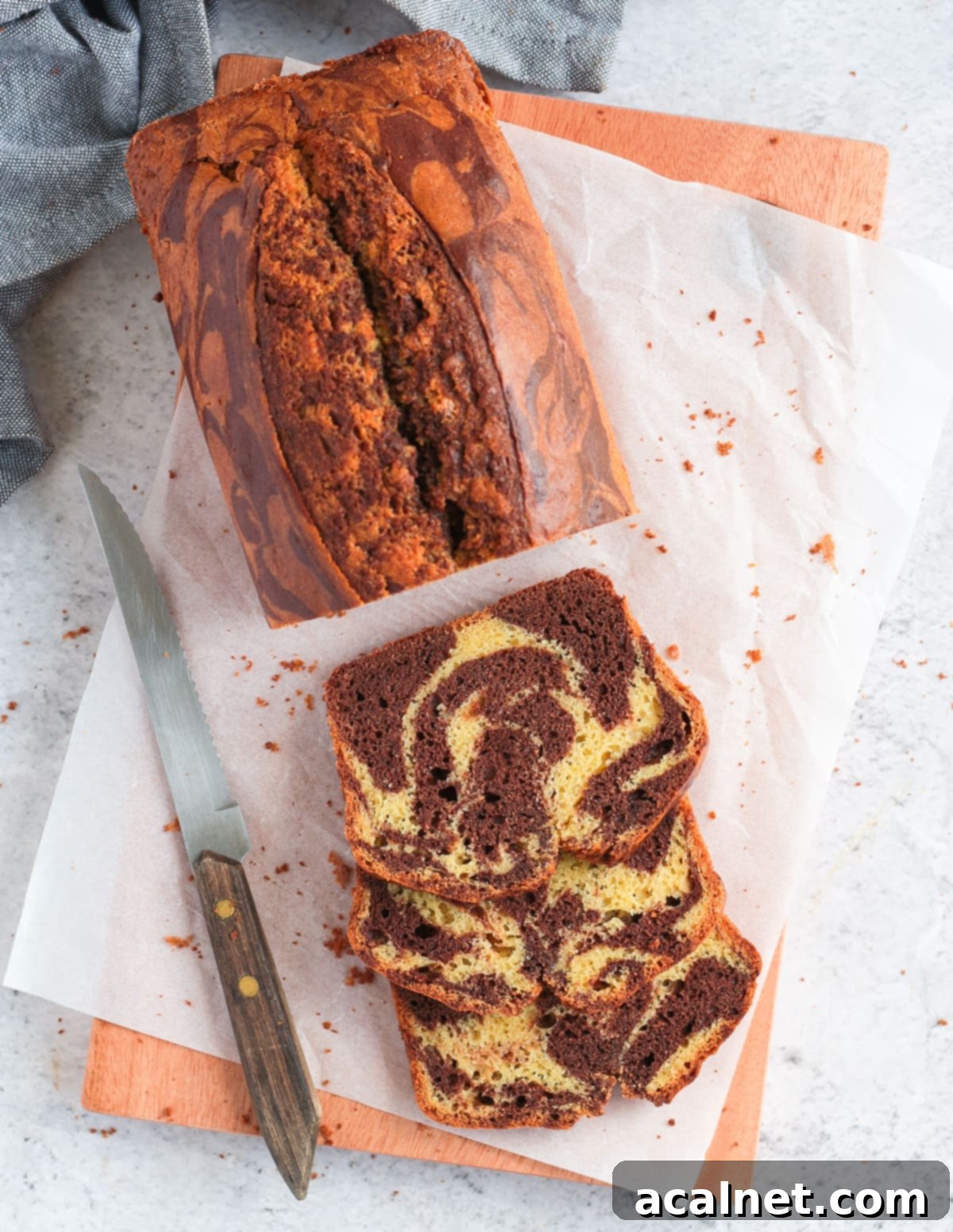
Mixing and Blending: Your Go-To Baking Tools
Once you’ve accurately measured your ingredients, the next crucial step is blending and mixing them correctly. The right tools ensure your batters are smooth, your meringues are airy, and your ingredients are perfectly incorporated without being overworked. These tools are indispensable for achieving the desired texture and consistency in nearly every baked good.
A Versatile Set of Whisks
If you’re only going to get one mixing tool, make it a good whisk! Whisks are fundamental for aerating ingredients, emulsifying liquids, and creating smooth batters. There’s a wide variety of whisks available, each designed for specific tasks. While you might accumulate many over time, for a beginner, a large general-purpose whisk and a small one are usually sufficient. The large whisk is perfect for mixing cake batters, pancake mixes, or making custards in bigger bowls. The smaller whisk excels at tasks like beating a few eggs, making salad dressings, or whisking curds in a small saucepan, offering better control in tighter spaces.
When choosing whisks, look for stainless steel wires that are sturdy and well-attached to the handle for durability. Many excellent, affordable sets are available to meet your needs, such as this simple yet effective 2-pack set or a more comprehensive 3-pack stainless steel set. These will be your constant companions for countless recipes, ensuring smooth and lump-free mixtures.
Indispensable Silicone Spatulas
While whisks are excellent for incorporating air and mixing, some recipes call for a gentler approach where a spatula is paramount. For instance, when folding a delicate meringue into a batter, a whisk can deflate the egg whites, ruining their airy texture. A silicone spatula allows you to gently fold, preserving the volume and lightness. These versatile tools are also unbeatable for scraping down the sides of your mixing bowls, ensuring every last bit of batter or dough is collected – no waste left behind (unless you prefer to lick the bowl clean, of course!).
Silicone spatulas are prized for their heat resistance, flexibility, and non-scratch properties, making them safe for all types of bakeware. They come in various sizes and shapes, each offering slightly different advantages for scraping, folding, and spreading. For beginners, a set with a few different sizes is ideal. Consider a practical 3-piece set or a more comprehensive 4-piece set to cover all your folding and scraping needs.
A Flour Sifter or Fine Mesh Sieve for Light Batters
Ever wondered why your cake batter sometimes has stubborn lumps that just won’t disappear, or why your cakes aren’t as light and airy as you’d hoped? The culprit is often unsifted flour or other powdery ingredients like cocoa powder or cornstarch. Sifting serves several crucial purposes: it breaks up any lumps that may have formed during storage, removes potential impurities, and most importantly, it aerates the flour. This aeration makes the flour lighter and easier to incorporate, resulting in a much smoother, lighter, and more uniform batter and ultimately a better-textured baked good.
You can opt for a dedicated flour sifter, like this traditional model, which is specifically designed for powders. However, I personally prefer the versatility of a fine mesh sieve. A fine mesh sieve can do everything a sifter can, and more – it’s also great for straining liquids, rinsing grains, or dusting baked goods with powdered sugar. Its multi-functional nature makes it an excellent choice for any beginner’s kitchen, saving space and money.
A Versatile Set of Mixing Bowls (or Two!)
You can truly never have enough mixing bowls, especially when you’re in the rhythm of baking multiple components for a single dessert. As a general rule, it’s wise to invest in two distinct types of mixing bowls: one set that is heat-proof and another that excels at temperature control. Heat-proof glass bowls are perfect for melting butter or chocolate in the microwave, or for creating delicate custards over a ‘Bain-Marie’ (double boiler). Their transparency also allows you to easily monitor your mixing progress.
Stainless steel bowls, on the other hand, are fantastic for their ability to maintain temperature, whether hot or cold. They are ideal for whisking egg whites into a meringue, as a chilled stainless steel bowl can significantly aid in achieving higher, more stable peaks. Simply pop your stainless steel bowl into the fridge for 15-20 minutes before whipping eggs, and you’ll notice the difference! I rely on both types of bowls, each coming in a set of varying sizes. I highly recommend acquiring a durable stainless steel bowl set and a complementary Pyrex glass mixing bowls set. With these, you’ll be well-equipped for any baking challenge!
A Zester for Enhanced Flavor and Aroma
Don’t underestimate the power of a simple zester to elevate your baked goods. This humble tool is essential whenever a recipe calls for citrus zest – whether it’s for adding bright, aromatic notes to cake batters, enriching creams, enhancing curds, or garnishing your finished desserts. While technically you could attempt to meticulously chop fruit zest with a knife, let’s be honest, that’s incredibly time-consuming and rarely yields the fine, fluffy zest you truly want for maximum flavor dispersion.
A good zester quickly and efficiently removes the flavorful outer layer of citrus fruits, leaving behind the bitter white pith. My practical tip is to choose a zester that is multi-functional and robust enough to also grate other ingredients like hard cheeses, chocolate, or ginger. Classic models like the Microplane zester or this versatile option are excellent choices, making quick work of any zest and adding a burst of freshness to your creations.
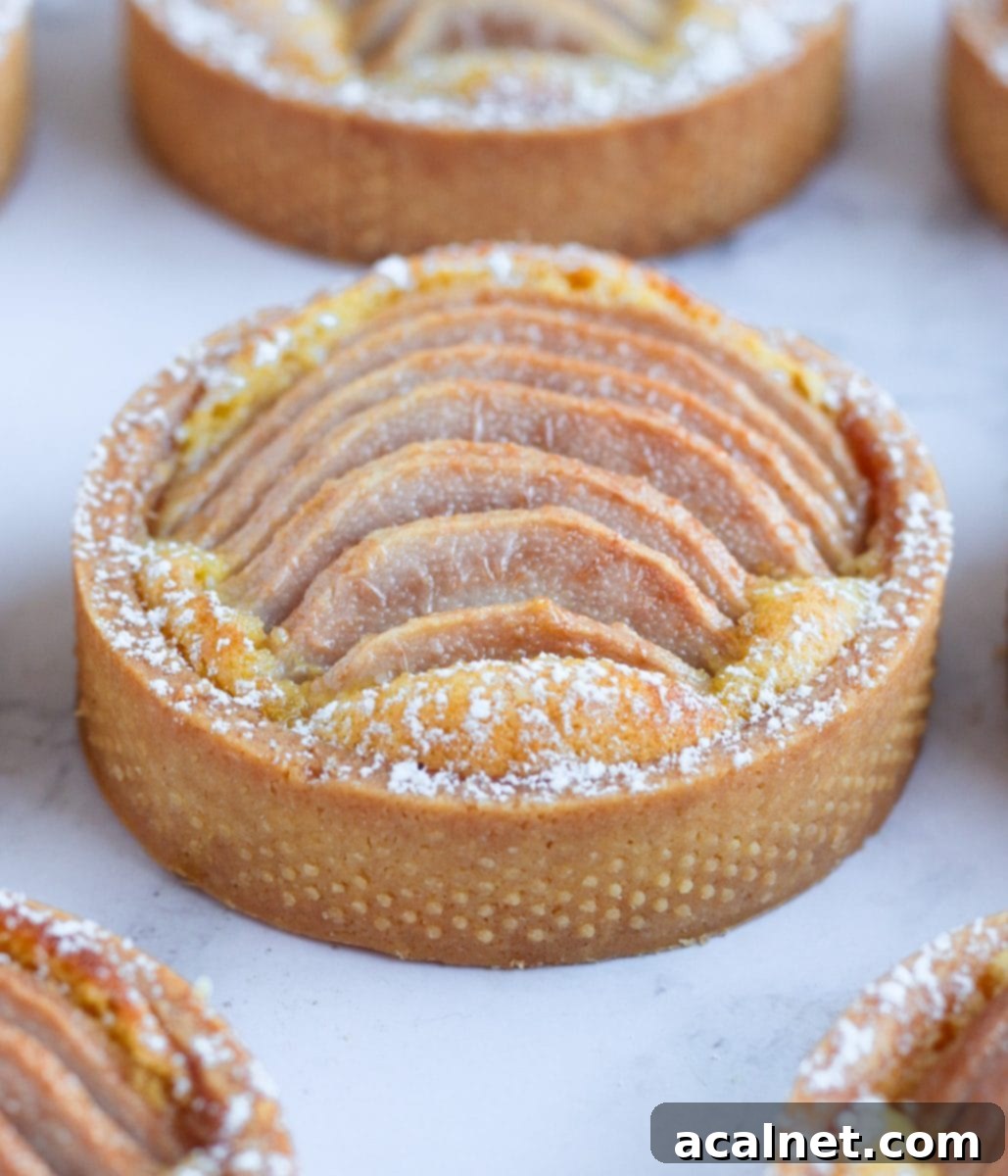
Baking Vessels: Essential Cake Baking Utensils
With your ingredients perfectly measured and mixed, you’ll need the right vessels to transform your batter into beautiful baked goods. The right baking pans and accessories ensure even baking, easy removal, and a professional finish. While specialty pans can be tempting, a few core shapes will allow you to create a vast array of delicious treats.
A Good Range of Basic Baking Pans and Trays
Collecting baking tins can be an addictive hobby, and I’m certainly guilty of owning more than my fair share! While a large collection offers endless possibilities, you genuinely don’t need every pan under the sun to start. If I had to pick just a few versatile pans that could handle almost any recipe, I would narrow it down to five indispensable shapes. These five pans cover the vast majority of baking projects, from cookies to elaborate cakes:
- A Flat Baking Tray: Essential for perfectly baked cookies, sheet pan dinners, roasted vegetables, and general oven use. Look for one made from sturdy aluminum for even heat distribution.
- A Round Springform Pan: A must-have for cheesecakes, delicate layer cakes, and any dessert that needs easy removal without inverting. The removable sides make unmolding a breeze.
- A Tart/Pie Pan: Perfect for sweet and savory pies, quiches, and elegant tarts. Many come with a removable bottom for easy serving.
- A Cupcake/Muffin Tray: For delightful individual servings of cupcakes, muffins, or even savory egg bites. A standard 12-cup pan is highly versatile.
- A Loaf Pan: Ideal for quick breads, pound cakes, meatloaf, and yeast breads.
You can certainly purchase these five essential baking pans individually, but I often find fantastic deals on starter sets. For instance, this incredible 5-Piece Bakeware Set includes exactly what you need and often comes in at an unbelievably affordable price, often less than $30. It’s an ideal way to kickstart your collection with quality and versatility.
A Baking Mat and Baking Paper / Parchment Paper
These two items are crucial for preventing sticking, ensuring even baking, and making cleanup a breeze. Using a reusable silicone baking mat to line your flat baking tray is a smart, eco-friendly alternative to constantly discarding parchment paper. Baking mats provide a non-stick surface perfect for cookies, macarons, choux pastry, and other delicate baked goods. They offer consistent heat distribution and are incredibly durable.
For cakes, tarts, and pies, however, I still find traditional baking paper (or parchment paper) to be indispensable. It’s particularly useful for lining the bottom of cake pans to ensure easy release, or for blind baking tart crusts to prevent them from puffing up. Baking paper is readily available in any supermarket and is an inexpensive, essential item for countless recipes. For high-quality reusable options, consider a classic Silpat Mat or a practical set of 2 Silicone Baking Mat Sheets, which will last for years.
An Essential Cooling Rack
No baking process is truly complete without the crucial step of proper cooling (unless you’re serving a warm dessert straight from the oven, of course!). While it might seem tempting to leave your freshly baked cakes and cookies in their hot pans or on the warm baking tray, this can lead to overbaking due to residual heat, resulting in dry, crumbly textures or soggy bottoms. This is where a cooling rack becomes an absolute necessity.
A cooling rack elevates your baked goods, allowing air to circulate freely around all sides. This stops the cooking process immediately, ensuring your creations cool evenly and efficiently, preserving their texture and preventing condensation that can make bottoms soggy. Look for a sturdy wire rack with a tight grid pattern to prevent smaller items from falling through. This versatile set of Cooling Racks is particularly great because they are oven-safe, adding to their utility in your kitchen. Proper cooling is the final touch that ensures your efforts are rewarded with perfectly textured, delicious results every time.
